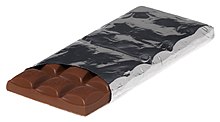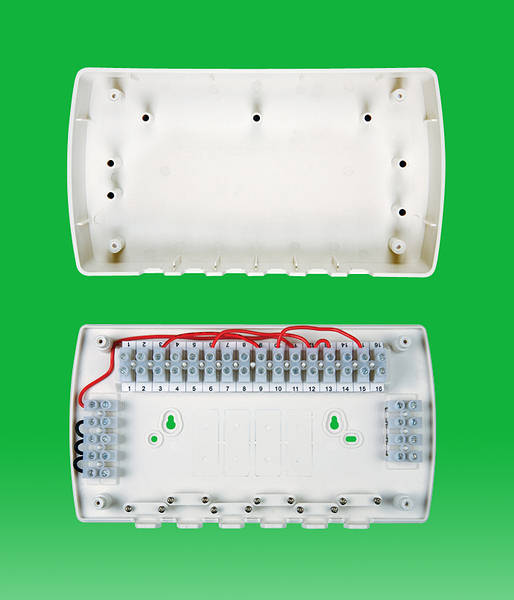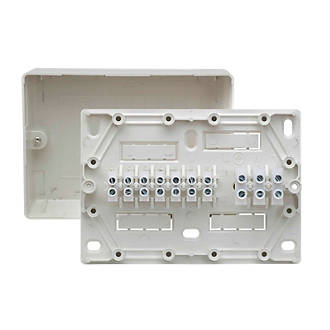I draw your attention to a query relating to the wiring of a UK Light Switch.
This query has been posted on the North American site of https://www.diychatroom.com/f18/wiring-light-switch-issues-638161/
The photos show that a SPST switch, which appears to incorporate a "Loop" connection for the Neutrals, is to be replaced with a SPDT switch - without a "Loop" connection.
It can be seen that the paired Brown wires should be connected to the "COM" terminal of the new switch and the single Brown wire should be connected to L1 of the new switch.
The question remains, what insulated connector would/should be used in the UK for the Neutral "Loop" connector.
(Obviously, it would NOT be a "Wire Nut" - as used in North America.)
Now-a-days, it could be a Wago 222 connecter - but what would have been used before these existed and could be used today?
In Australia, the ubiquitous "BP" connector is used for such purposes. (See https://commons.wikimedia.org/wiki/File:Australian_Set_Screw_Connectors.jpg
and https://commons.wikimedia.org/wiki/File:Australian_Internal_Surface_Mounted_Junction_Box.jpg)
I ask this as "a question of interest" and I would not attempt to advise the OP (Chunter28), whom I did advise to re-post on this site, without much greater knowledge of wiring requirements in the UK than the little which I have gleaned from this site.
This query has been posted on the North American site of https://www.diychatroom.com/f18/wiring-light-switch-issues-638161/
The photos show that a SPST switch, which appears to incorporate a "Loop" connection for the Neutrals, is to be replaced with a SPDT switch - without a "Loop" connection.
It can be seen that the paired Brown wires should be connected to the "COM" terminal of the new switch and the single Brown wire should be connected to L1 of the new switch.
The question remains, what insulated connector would/should be used in the UK for the Neutral "Loop" connector.
(Obviously, it would NOT be a "Wire Nut" - as used in North America.)
Now-a-days, it could be a Wago 222 connecter - but what would have been used before these existed and could be used today?
In Australia, the ubiquitous "BP" connector is used for such purposes. (See https://commons.wikimedia.org/wiki/File:Australian_Set_Screw_Connectors.jpg
and https://commons.wikimedia.org/wiki/File:Australian_Internal_Surface_Mounted_Junction_Box.jpg)
I ask this as "a question of interest" and I would not attempt to advise the OP (Chunter28), whom I did advise to re-post on this site, without much greater knowledge of wiring requirements in the UK than the little which I have gleaned from this site.






